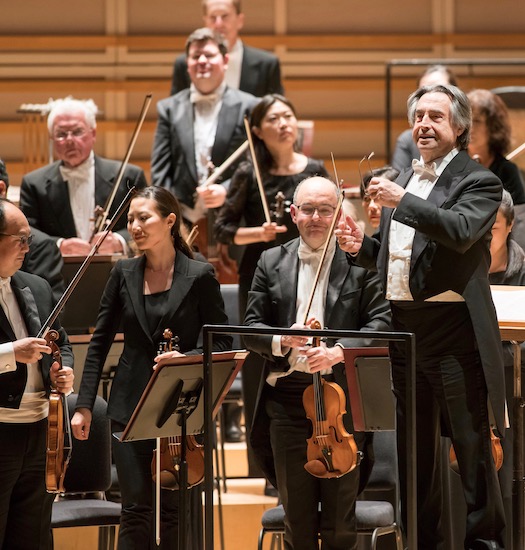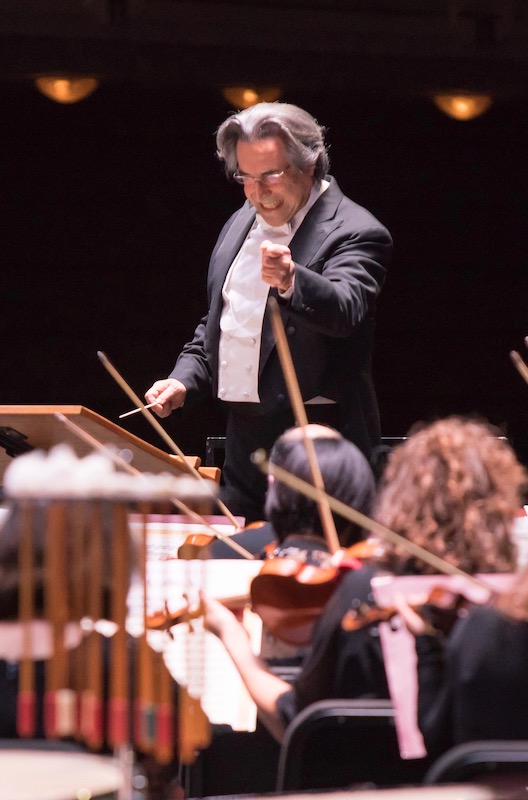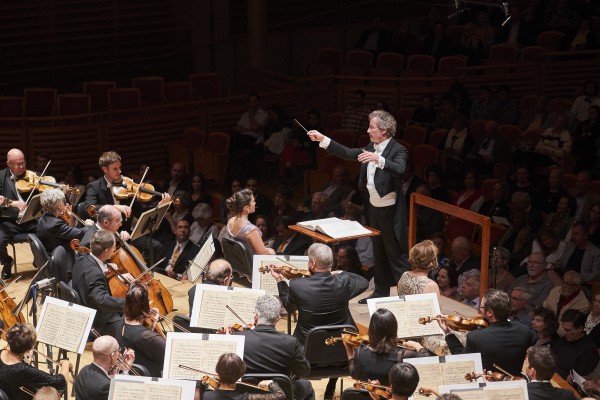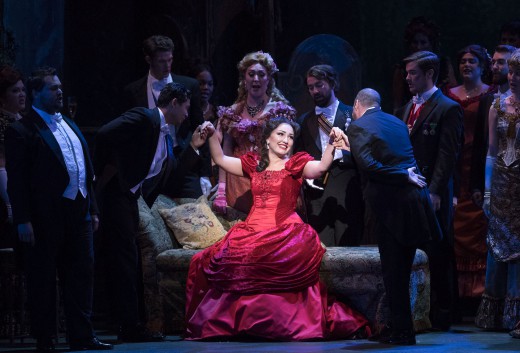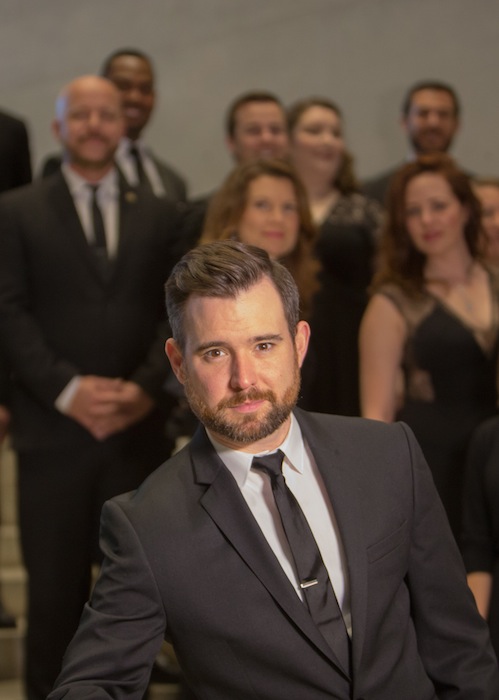Top Ten Performances of 2019
1. Riccardo Muti/Chicago Symphony Orchestra. Tchaikovsky and Rimsky-Korsakov.
The Chicago Symphony Orchestra’s visit to the Arsht Center in February brought world-class orchestral playing and revelatory performances of two of the most popular works in the symphonic repertoire–Tchaikovsky’s Symphony No. 5 and Rimsky-Korsakov’s Scheherazade. Music director Riccardo Muti’s keen ear for instrumental detail and patrician musicianship made the scores glow anew as the true masterworks that they are. Concertmaster Robert Chen’s sweet-toned violin solos were the fulcrum of a superb corporate ensemble effort. The Intermezzo from Fedora by Giordano, an Italianate bonbon, was icing on the cake. (LB)
2. Riccardo Muti/Chicago Symphony Orchestra. Beethoven.
An all-Beethoven concert may not be the surest way for an orchestra to stand out, particularly when the performance includes three of the composer’s most popular works: the Leonore Overture No. 3, Symphony No. 5 and Symphony No. 7. Under Riccardo Muti, the Chicago Symphony’s concert at the Kravis Center was magnificent, a gripping, tonally gorgeous performance that distinguished itself from the run-of-the-mill accounts of these familiar works. The rich, intense playing of strings and weighted resonance of the brass contributed to a performance that was full of understated power and patrician grandeur. (DF)
3. Massenet’s Werther. Florida Grand Opera.
Florida Grand Opera’s season-closing production of Massenet’s Werther was a vivid presentation of Gallic romantic opera at its zenith. Dimitri Pittas was an impassioned Werther, his light, brightly colored tenor projected with ardor. Daniela Mack’s dark mezzo timbre and regal grace encompassed the troubled Charlotte. With a strong supporting cast and Joseph Mechavich’s idiomatic conducing, Werther was FGO’s finest evening of the season and one of the company’s best realizations of French opera. (LB)
4. Music of Berg, Haydn, Sibelius and Gershwin. Cleveland Orchestra/Barbara Hannigan.
The Cleveland Orchestra has long since moved past the conservative programming that marked the early years of its Miami residency. But this program was particularly striking. The orchestra invited the Canadian soprano Barbara Hannigan to conduct and sing for a concert of works rarely heard in South Florida. Hannigan’s subtle, angular singing provided the distant, evocative top notes in Sibelius’ tone poem Luonnotar, an austere account of the Finnish creation myth. As she conducted and sang in excerpts from Berg’s Lulu Suite, the orchestra gave a sensual, mist-shrouded performance of Berg’s otherworldly harmonies. (DF)
5. Mahler’s Symphony No. 2 “Resurrection.” Cleveland Orchestra/Franz Welser-Möst.
Franz Welser-Möst has consistently excelled at the symphonies of Gustav Mahler and the Cleveland Orchestra has a decade-long history of fine performances of these scores in Miami . Still the January traversal of Mahler’s massive Second Symphony surpassed all previous efforts and proved a highwater mark for the Clevelanders’ Miami residencies. Welser-Möst’s urgent pacing and sense of structure and pulse combined with the orchestra’s color and warmth of sonority resulted in a memorable reading of one of the most striking and singular works in the orchestral literature. (LB)
6. Verdi’s La Traviata. Palm Beach Opera.
Sets of gloomy opulence, a strong cast and energetic conducting made for a powerful production of Verdi’s La Traviata at Palm Beach Opera in January. The soprano Kristina Mkhitaryan brought to the role of Violetta luxuriant tone, the agility to handle the work’s coloratura demands and an emotional commitment that allowed her to convincingly portray her character’s bravado and vulnerability. Equally strong were the tenor Alexey Tatarintsev as Alfredo and baritone Massimo Cavalletti as Germont. Conductor Antonello Allemandi led a sensitive, energetic performance by the company’s fine orchestra, with particularly crackling drive in the Act 2 gambling scene. (DF)
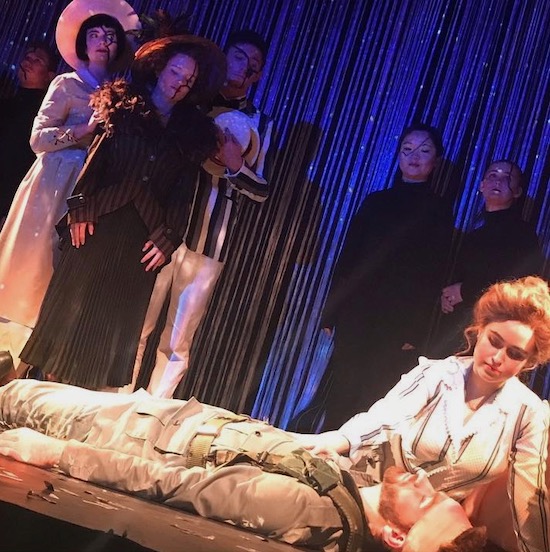
7. Ravel’s L’Enfant et les Sortilèges. Frost Opera Theater.
The collaborative efforts of director Jeffrey Buchman and conductor Alan Johnson have produced numerous distinguished University of Miami opera department productions, and this boldly original conception of Ravel’s L’Enfant et les Sortilèges was one of his best. Setting the one-act fairy tale as flashbacks of a mortally wounded soldier in World War I (the period of the work’s debut), Buchman produced an eye-filling spectacle that was both wildly inventive and deeply moving. The large student cast was vocally strong and theatrically effective. Johnson’s sensitive, musically scrupulous reading of the eclectic score accomplished the seemingly impossible – successfully reducing Ravel’s scoring for large ensemble to four players which was all the more effective in the intimacy of Clarke Recital Hall. (LB)
8. Music of Vivaldi. Seraphic Fire/Patrick Dupré Quigley.
For many music lovers, one of the most beautiful sounds in the world is the female voice. And so for sheer aural appeal, few concerts this season rivaled Seraphic Fire’s all-female concert of Vivaldi in February. The sopranos and altos sang works the composer wrote for the famous Venetian girls orphanage he served as music director. They created a unique sound, as light, transparent tones streamed through the church. The usual Seraphic Fire virtuosity and musicianship were abundant, with perfect intonation, crisply executed ornaments, and a firm sense of melodic arcs, creating moving expressions of religious joy and devotion. (DF)
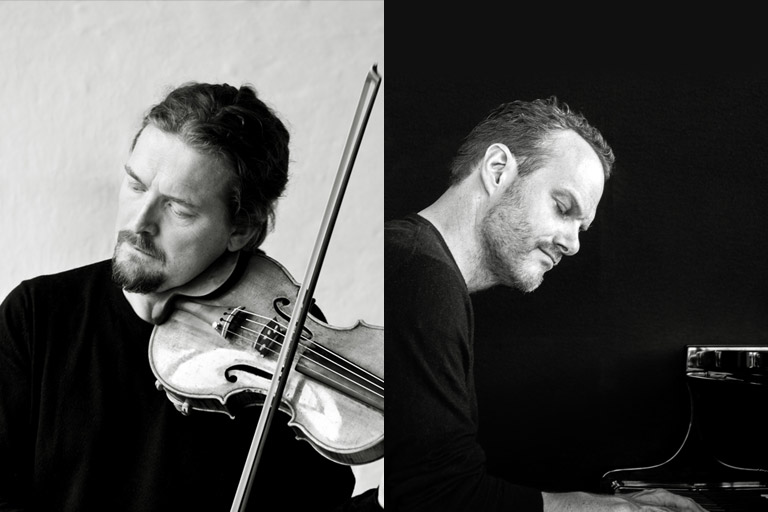
9. Violinist Christian Tetzlaff and pianist Lars Vogt.
Friends of Chamber Music of Miami opened the season in October with an incandescent recital by violinist Christian Tetzlaff and pianist Lars Vogt. Both distinguished soloists noted for superb instrumental mastery and probing musical intellect, the duo excelled in both the refined classicism of Beethoven’s Violin Sonata No. 6 in A Major and the brooding aura of Shostakovich’s Violin Sonata. Tetzlaff’s consummate musicianship and Voigt’s light touch revitalized Franck’s oft played Violin Sonata in A Major. Their generous program also encompassed the eerie Tre Pezzi by Hungarian modernist György Kurtág and a movement from Brahms’ Violin Sonata No. 3 (as an encore), played with restless energy and romantic fervor. (LB)
10. Haydn’s The Creation. Master Chorale of South Florida/Brett Karlin.
Brett Karlin’s directorship of the Master Chorale reached an apex with the presentation of Haydn’s oratorio The Creation in May. Karlin drew excellent corporate vocalism from the chorale in a performance that brought out the music’s radiant humanity and spiritual reverence. The students of the Lynn Philharmonia handled the score’s instrumental demands with surprising skill. Karlin has greatly improved the quality of vocal soloists engaged for the chorus’ performances. With soprano Nola Richardson, tenor Steven Soph and bass-baritone Dashon Burton doing full justice to the arias and recitatives. Haydn’s masterpiece was given exhilarating advocacy. (LB)
Honorable Mentions
An evening of contemplative music led by James K. Bass brought Seraphic Fire’s season to a close in May. With Poulenc’s Mass in G as the program’s main event, associate conductor James K. Bass interspersed the score’s five movements with works by Sydney Guillaume, Shawn Crouch, Carlos Fernando Lopez, Frank Ticheli and Leonard Bernstein. The entire presentation extended Poulenc’s deeply felt projection of solace and spiritual peace, gleaming with melodies of striking beauty dressed in harmonic ambiguity. (LB)
Also Elaine Rinaldi and Orchestra Miami’s Leonard Bernstein double bill of Arias and Barcarolles and Trouble in Tahiti; Mark Wigglesworth’s revelatory Mahler First Symphony with the New World Symphony; New World revivals of Schoenberg’s Chamber Symphony No. 2 and Korngold’s String Sextet; Daniil Trifonov’s elegantly shaped revival of Scriabin’s Piano Concerto with Michael Tilson Thomas and NWS; Seraphic Fire’s Korean Choral Treasures program with guest conductor E.J. Yoon; Vadym Kholodenko’s super-charged Chopin-Goldowsky Etudes, the Jerusalem Quartet’s modernist perusals of Ravel and Debussy quartets, and the New York Philharmonic Quartet’s searing performance of Shostakovich’s Ninth Quartet. (LB)
The nobility of Gil Shaham’s performance of the Brahms Violin Concerto with the New World Symphony; violist Tabea Zimmermann’s sonorous, committed performance of Steve Mackey’s daring but not quite successful revision of Berlioz’s Harold in Italy; conductor Bernard Labadie’s energetic direction of the New World Symphony in Baroque and Classical works; Palm Beach Opera’s fizzy, musically rich performance of Strauss’s Die Fledermaus; the Russian National Orchestra’s gleaming, exciting all-Rachmaninoff program. (DF)
Dishonorable Mentions
Pinchas Zukerman for a disengaged, ponderous, dry, and rough-edged performance of Max Bruch’s overplayed Violin Concerto No. 1. (DF)
This year’s New World Symphony concerto showcase featured some brilliant performances but with the exception of Richard Strauss’s Horn Concerto No. 2, the quality of the music selected by the players was inferior—not least Khachaturian’s blatantly vulgar work Concerto-Rhapsody for cello and the Rondo espagnole by Cosmé McMoon, accompanist to the notorious Florence Foster Jenkins. (LB)
Best News of the Year
Michael Tilson Thomas’ heart surgery last summer at the Cleveland Clinic was called a “complete success,” with the founder and artistic director of the New World Symphony expected to make a full recovery. He was back on the podium in October for New World’s opening night concert. (DF)
Sleeper Performance of the Season
The ZEN Trio, presented in October by Friends of Chamber Music and the FIU Music Festival, displayed the musical intelligence and finely blended timbres of the best chamber ensembles. This relatively new group gave an intense, emotionally shattering reading of Shostakovich’s Piano Trio in E minor. (LB)
Best New Artists
Ariel Lanyi, a 21 year old Israeli pianist, debuted in January at the Miami International Piano Festival discovery series, venturing Schumann’s rarely played Piano Sonata. Lanyi blazed through the score’s daunting pyrotechnics and managed to bring musical coherence and scope to a diffuse opus. (LB)
Soprano Christine Roo Suits was frightening in her unhinged madness as the title heroine of Donizetti’s Lucia di Lammermoor at Miami Lyric Opera’s production in February. Suits’ sizable lyric-coloratura voice and perfectly spun, rapid fire trills and ornaments may portend a major league career. (LB)
Best Contemporary Works
Melinda Wagner’s Four Settings for soprano and chamber ensemble range from ruminative pathos to unbridled declamatory fierceness. The splendidly crafted score was enhanced by an outstanding performance by soprano Madeline Harts and the Ibis Ensemble under Shawn Crouch at the UM Frost School of Music. (LB)
The layered textures and neo-Baroque twists of Nil Bultmann’s Concerto for Viola Ensemble offered an exuberant opening to the New World Symphony’s Viola Visions festival. (LB)
Most Important New Face in South Florida
Gerard Schwarz debuted in the dual roles of Director of Orchestral Studies and conductor of the Frost Symphony Orchestra at the University of Miami and music director of the Palm Beach Symphony. A fervent advocate for American music with a long resume of major international conducting positions, Schwarz’s first concert with the Frost orchestra brought the students to a new level of achievement. His spring debut with the Palm Beach ensemble produced a vital traversal of Bruckner’s Seventh Symphony. Never a conductor to play programming safe, Schwarz’s presence in South Florida promises more adventurous offerings. (LB)
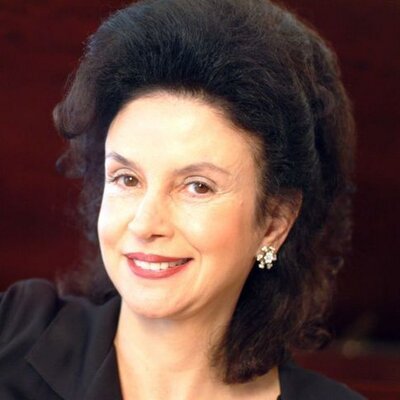
Distinguished Achievement Award
Twenty three years ago Giselle Brodsky founded the Miami International Piano Festival to showcase gifted young keyboard artists who were not as well known or publicized as some major A-list pianists. Scores of young players have paraded across the festival’s multiple stages in Miami Beach, Fort Lauderdale, Aventura and, now, Key Biscayne. A summer piano academy has been established at Nova University under the organization’s auspices where many of the festival’s stable of artists mentor students and young professionals.
Two of the pianists championed by Brodsky early in their careers (Piotr Anderszewski and Ingrid Fliter) went on to win the Gilmore Award, considered the most prestigious keyboard honor. While there have inevitably been some artists who have proved disappointing and others have suffered from the festival’s constant overexposure, Brodsky has continued to find and present interesting new talent.
Most importantly, Brodsky has kept the solo piano recital alive and vibrant in South Florida. (LB)
Posted in Articles
Leave a Comment
Tue Dec 24, 2019
at 9:30 am
No Comments
